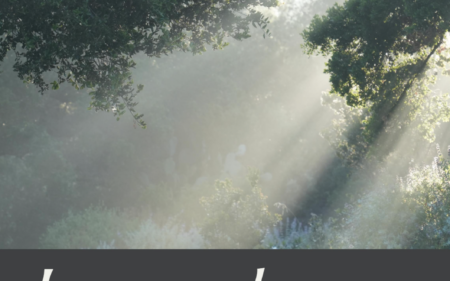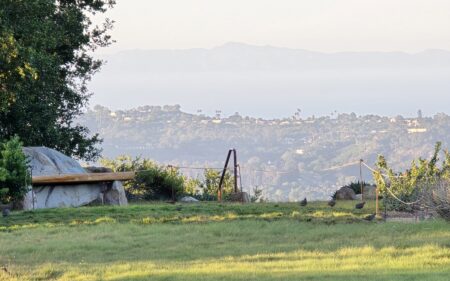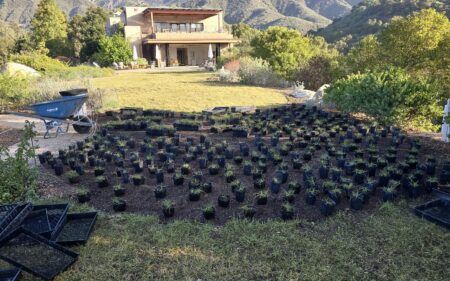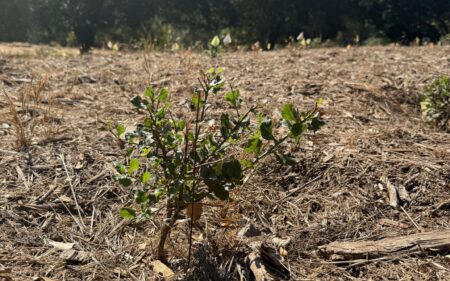Champions of the Environment
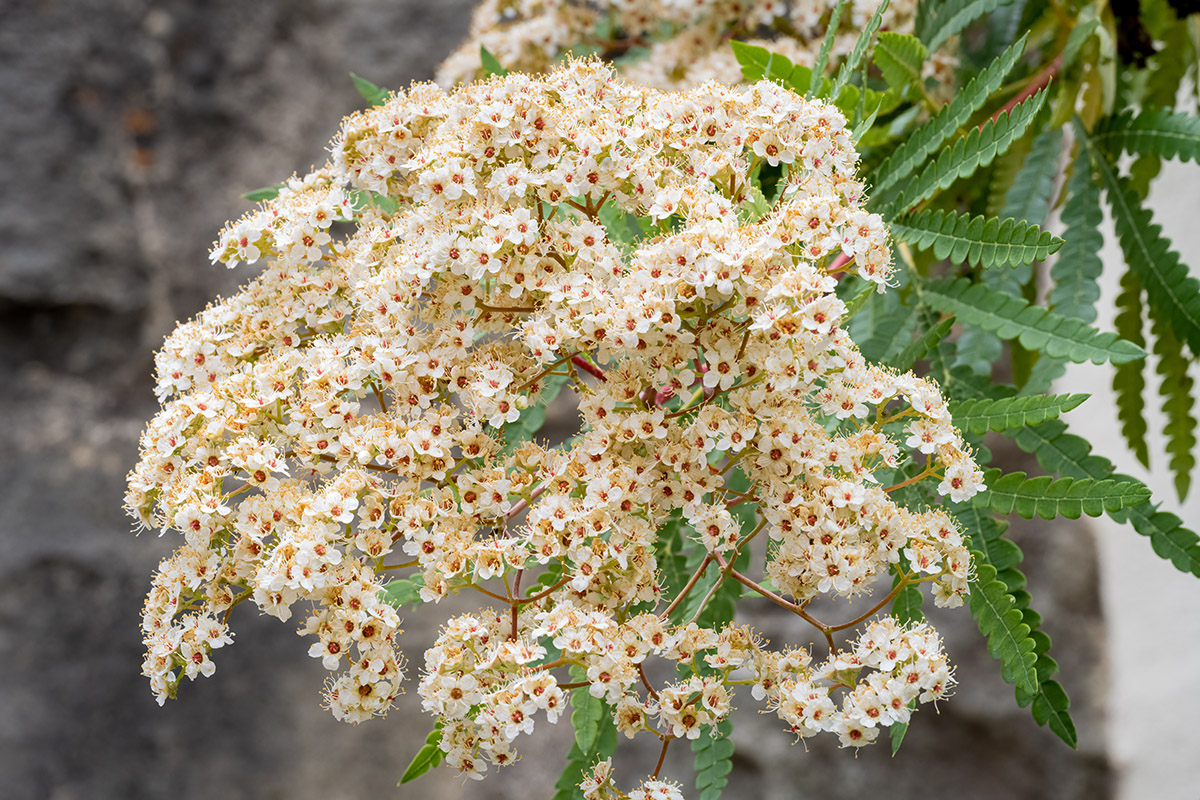
Pritzlaff Conservation Award
Honoring Those Who
Inspire Us To Take Action
The Honorable John C. Pritzlaff Conservation Award is given annually by Santa Barbara Botanic Garden to recognize achievements in conservation both in California and around the world. Established in 2007, the award honors John Pritzlaff’s lifelong commitment to conservation and serves to inspire others to understand the importance of conservation and to take action.
What Is the Pritzlaff Conservation Award?
John C. Pritzlaff was a Garden trustee from 1991 to 2003. He was a lifelong servant and champion of the people and the environment. His political, personal, and volunteer activities speak clearly to his love of the environment and his desire to ensure that our greatest treasure — our natural environment — remains healthy for future generations. Pritzlaff recognized that botanic gardens are powerful agents for conservation. Individually and collectively, botanic gardens address a range of activities needed to understand, protect, and restore the natural world.
Our Honorees
Peggy Olwell
Peggy Olwell has been a lifelong champion for native plants and healthy habitats.
Peggy has worked on plant conservation and endangered species issues for more than 30 years in positions with the National Park Service, Center for Plant Conservation, and US Fish and Wildlife Service. She is currently the National Plant Conservation and Restoration Program Lead for the Bureau of Land Management, where she has served since 2005, but started her career in the US Fish and Wildlife Service as the Region 2 Endangered Species Botanist. Peggy built the BLM’s native plant materials development program, which promotes the development and use of native seed in habitat conservation and restoration.
She was an early staffer at the Center for Plant Conservation, helping to build their conservation programs, and was instrumental in developing the Plant Conservation Alliance (PCA), a partnership of about 15 federal government agencies and over 400 state, tribal, and private organizations, in 1994. She served as chair of the PCA Federal Committee and led the effort on the 2015 National Seed Strategy. Peggy co-authored the book Seeds of Restoration Success: Wild Lands and Plant Diversity in the U.S and co-edited an Island Press publication entitled Restoring Diversity: Strategies for Reintroduction of Endangered Plants. This is along with at least 15 other scientific publications that are helping to guide conservation and habitat restoration to success internationally. Peggy has served on several international committees, including past Vice Chair of the IUCN Species Survival Commission’s North American Red List Authority, and is the BLM Liaison to the Natural Areas Association.
In 2021, Peggy was named a Conservation Trailblazer in the Department of Interior’s Natural Resource Conservation Achievement Awards and received the Hutchinson Medal of the Chicago Horticultural Society. Peggy received her undergraduate degree in Botany from the University of North Carolina at Chapel Hill and her master’s degree in Biology from Southern Methodist University.
In her spare time, she bikes, gardens, travels, and enjoys sharing nature with her two grandkids, Felix and Cedar! She is a real fireball, and her constant innovation has led to huge strides for biodiversity conservation. Santa Barbara Botanic Garden is so pleased to be awarding her with our 2025 John C. Pritzlaff Conservation Award.
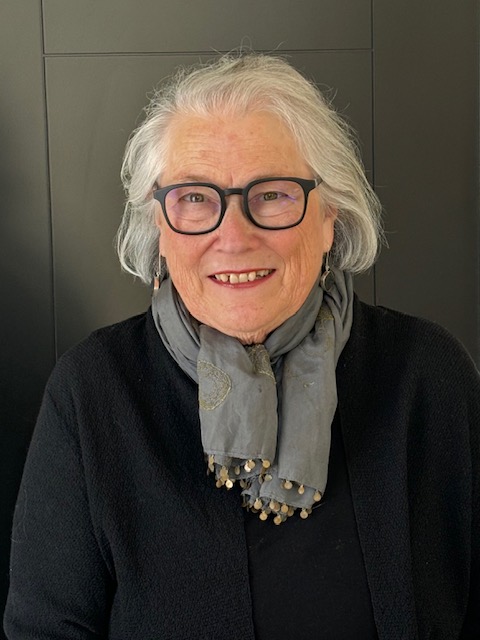
Year
2025
Shirley C. Tucker, Ph.D.
Shirley C. Tucker, Ph.D. is a world-renowned botanist, lichenologist, and philanthropist.
She earned her doctorate at the University of California, Davis, where she studied inflorescence development under the direction of famed plant anatomist, Dr. Katherine Esau. She served on the faculty of Louisiana State University in from 1968 to 1995, retiring with the highest distinction granted by LSU – the Boyd Professor of Botany.
During her time at LSU, she served as the president of both the Botanical Society of America and the American Society of Plant Taxonomists, the two largest professional societies for botany in the United States.
After retiring from LSU, she moved to Santa Barbara and continued her lichenological work at the Santa Barbara Botanic Garden as a Research Associate. The Santa Barbara Botanic Garden Lichenarium holds over 9500 of her more than 38,000 lichen collections from California to Australia. Shirley’s large contribution to the field is evident by the six lichen species lichenologists have chosen to name after her.
She remains active in research, having published over 140 peer-reviewed articles on floral morphology, plant systematics, and lichens of California.
Shirley firmly believes in the importance of fundamental research, and her financial generosity has enabled and amplified research in fields that normally receive little attention.
Her philanthropic contributions have facilitated and will continue to advance science at Santa Barbara Botanic Garden, UC Santa Barbara, UC Berkeley, UC Davis, and Louisiana State University.
We are privileged to collaborate with Dr. Tucker and take great pleasure in presenting her with the 2024 Pritzlaff Conservation Award. Her contributions to biological diversity and humanity through her research and philanthropic efforts, coupled with her commitment to a simple and sustainable lifestyle, serve as a source of inspiration for us all.
The 11th Annual Conservation Symposium is presented by the Nakashima-Rennie Family.
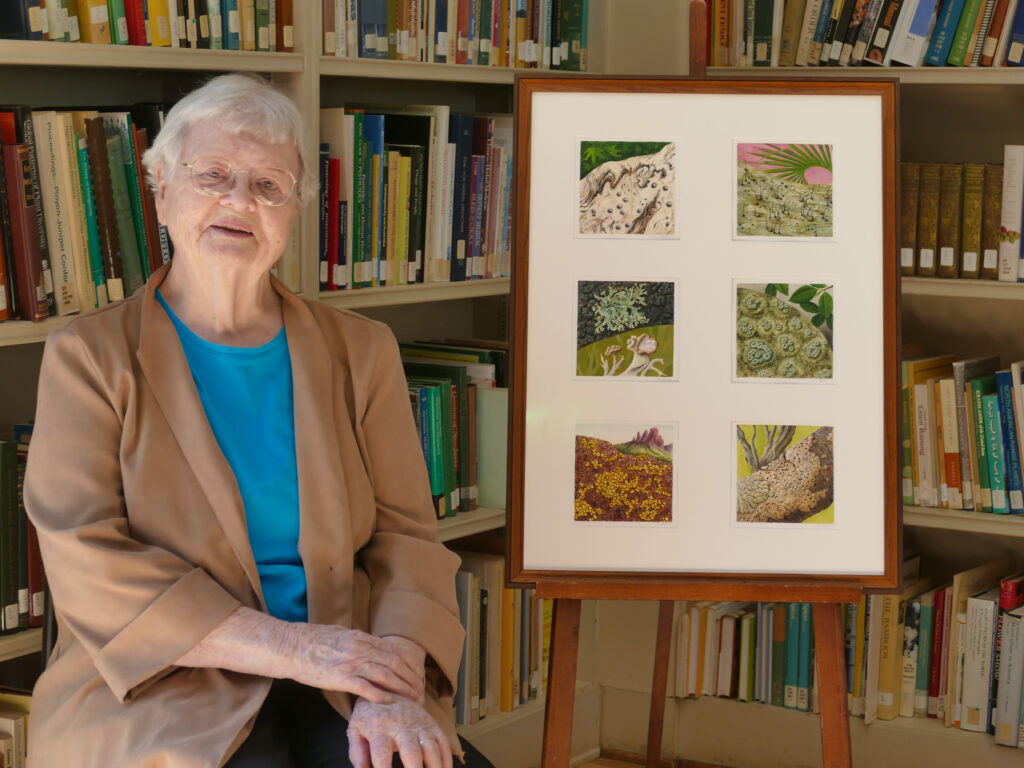
Year
2024
Kate Faulkner
Kate Faulkner was the Chief of the Natural Resources Division for Channel Islands National Park from 1990 to 2016. During that time, she led extraordinarily complex eradication efforts for six invasive animal taxa on three islands. This included removing black rats on Anacapa Island while protecting the endemic Anacapa subspecies of Island Deer Mouse, a globally groundbreaking project. Kate’s steady, strategic leadership is an inspiration to all of those who have seen her in action.
Peter Schuyler
Peter Schuyler was The Nature Conservancy’s Santa Cruz Island Preserve Director from 1980-89, where he led sheep eradication and cattle removal, and the Catalina Island Conservancy’s Director of Ecological Restoration from 1997 to 2004, where he achieved goat and pig eradication on the most populous Channel Island. Peter’s island exploits and capable commitment are legendary, and he continues to contribute through his philanthropy and service on the board of several environmental non-profits.
Grupo de Ecología y Conservación de Islas
Federico Alfonso Méndez Sánchez, Ph.D. is the Director General and Luciana Luna-Mendoza, Ph.D. is the Director of Ecology at the Grupo de Ecología y Conservación de Islas (GECI) in Ensenada, Mexico. Over the past 25 years, GECI has removed 60 populations of invasive mammals of 11 species in 39 Mexican islands. This has been followed with reforestation, erosion control, and fire prevention actions that includes planting hundreds of thousands of trees. Their hard work and ingenuity seem boundless.
Sponsored by the Nakashima-Rennie Family.
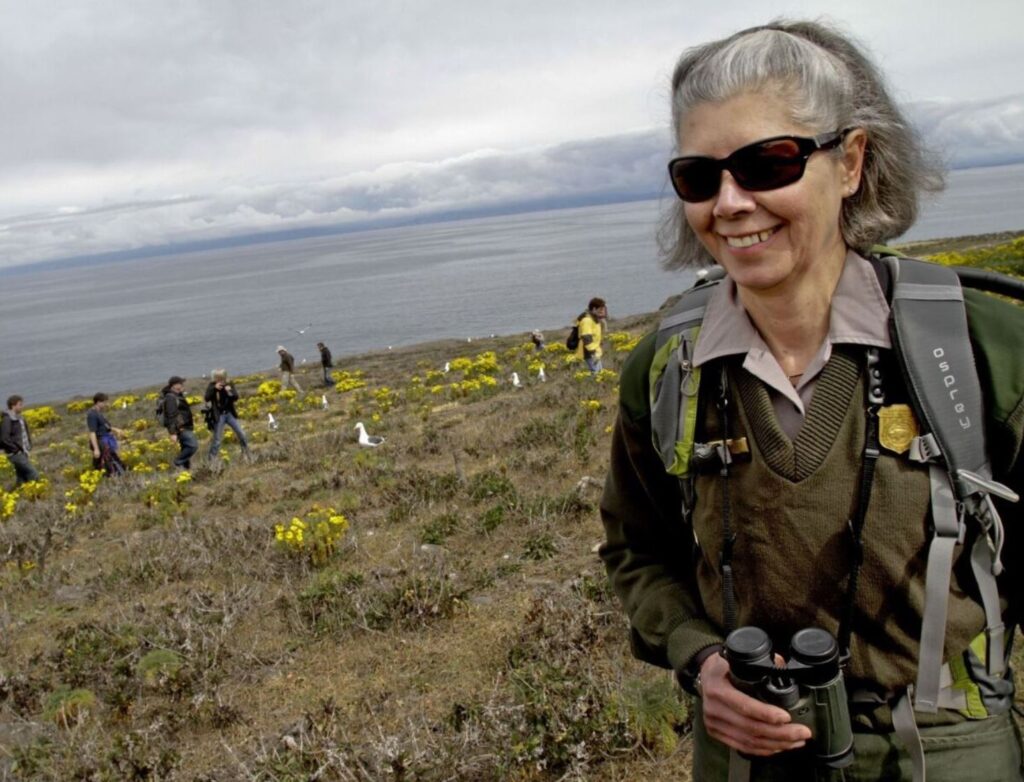


Year
2023
Carla D’Antonio, Ph.D.
Professor in the Environmental Studies Department and the Ecology, Evolution, and Marine Biology Department at University of California, Santa Barbara
Carla D’Antonio, Ph.D., is a top-notch scientist; a dynamic, inspiring professor and mentor; and a dedicated conservation leader. Her forward-thinking approach to ecology has simultaneously integrated theory with practical and on-the-ground conservation, habitat management, and restoration. Her groundbreaking work has advanced the field of ecology and has been published in top journals like Science, Nature, and Ecology. D’Antonio’s passion has also inspired and guided an impressive flock of graduate and undergraduate students as they seek to find and implement conservation solutions to real-world ecosystem management problems. Her top tags on RateMyProfessors.com include “inspirational,” “amazing lectures,” and “caring.” D’Antonio works tirelessly to inform and promote habitat recovery and restoration in our region and beyond, serving on at least nine advisory committees, including the Garden’s. She also serves as a program officer for the National Science Foundation. D’Antonio has published over 180 papers that have been cited a total of 37,832 times, not including an array of collaborative book chapters addressing habitat management and restoration.
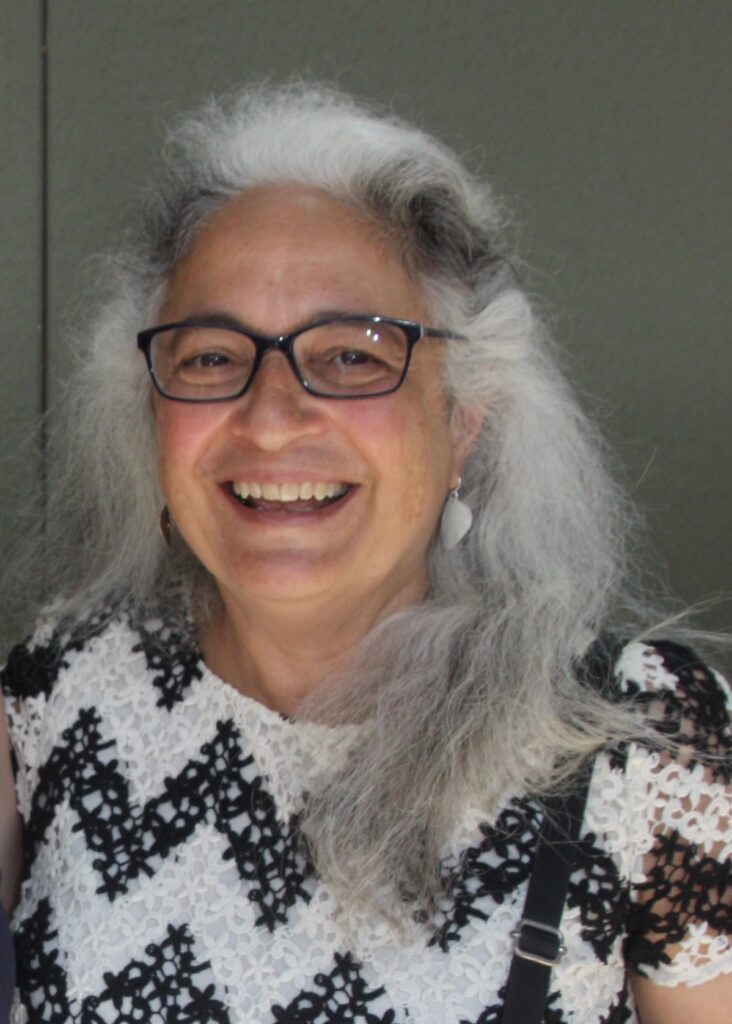
Year
2022
Richard Louv
American Nonfiction Author and Journalist
No one is a bigger champion of getting kids back in nature than Richard Louv. It isn’t just that he literally wrote the book on it — “Last Child in the Woods” — he also put his theories into practice. Louv cofounded the Children & Nature Network, launching an international movement to connect children, families, and entire communities to nature. He knows that there is a lot riding on this effort, since children who spend time in nature are, as he says, healthier, happier, and smarter. Louv is a journalist and author of 10 books, many of them about reconnecting humans to health and happiness via nature. He has written for the New York Times, the Washington Post, Orion, and Outside, but he also takes his message to the streets and the airwaves, appearing frequently on national radio and television programs and speaking internationally on “nature deficit disorder,” a term that he coined to describe the consequences of our current disconnect. If you are an environmental educator, you’ve been touched by Louv’s work.
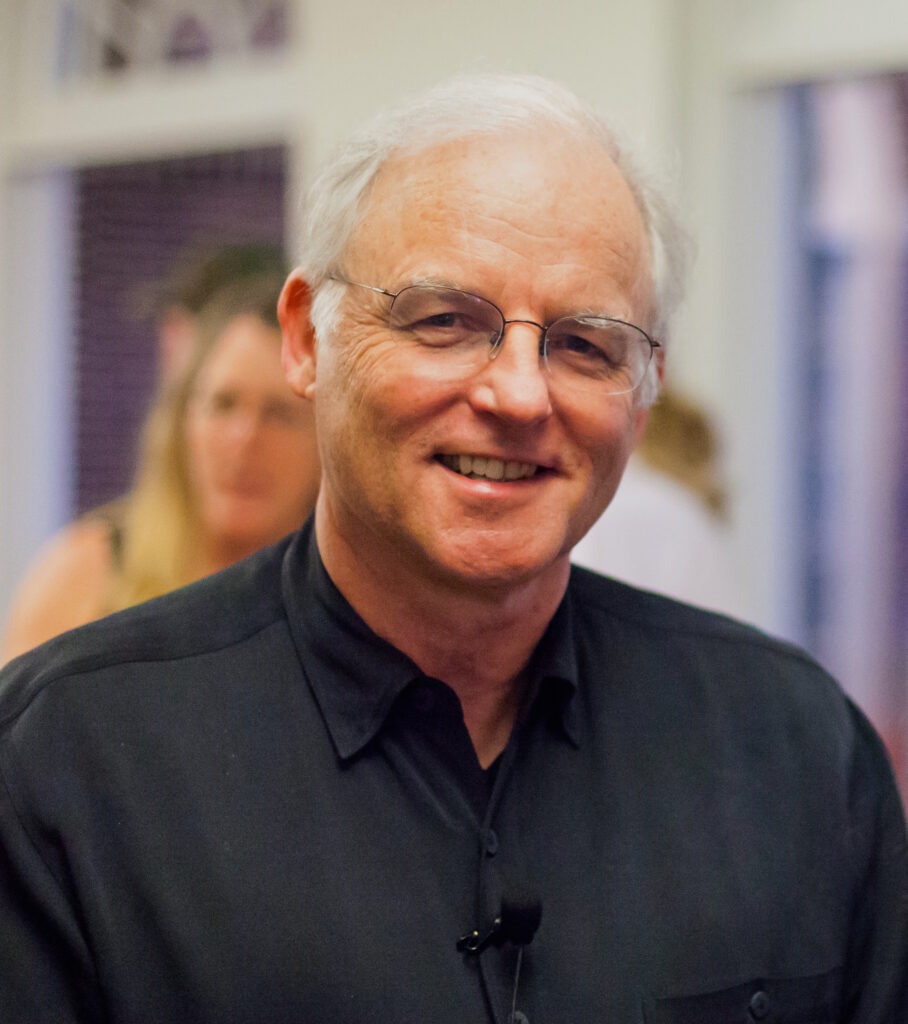
Year
2020
Gretchen Daily, Ph.D.
Bing Professor of Environmental Science, Director of the Center for Conservation Biology, and Senior Fellow of the Stanford Woods Institute for the Environment at Stanford University
Gretchen Daily, Ph.D., is a champion of the “ecosystem services” concept (the benefits supplied to human societies by natural ecosystems) and has worked tirelessly to integrate this concept into the decision-making processes of countries, companies, and communities across the globe. As cofounder and faculty director of the Natural Capital Project, Daily and her team work with world leaders on diverse projects such as lands management planning in China, transportation decision-making in Latin America, and habitat restoration in Africa.
This work builds from her research to characterize the drivers of biodiversity loss, understand dynamics in agricultural landscapes, and examine trade-offs between conservation objectives. Her collaborative research on water-related services, control of environmentally transmitted diseases, and the physical and mental benefits of nature experiences are informing the models used to guide environmentally sustainable decision-making. Daily is the Bing Professor of Environmental Science and director of the Center for Conservation Biology as well as a senior fellow at the Stanford Woods Institute for the Environment, all at Stanford University. Her work has been cited nearly 23,000 times.
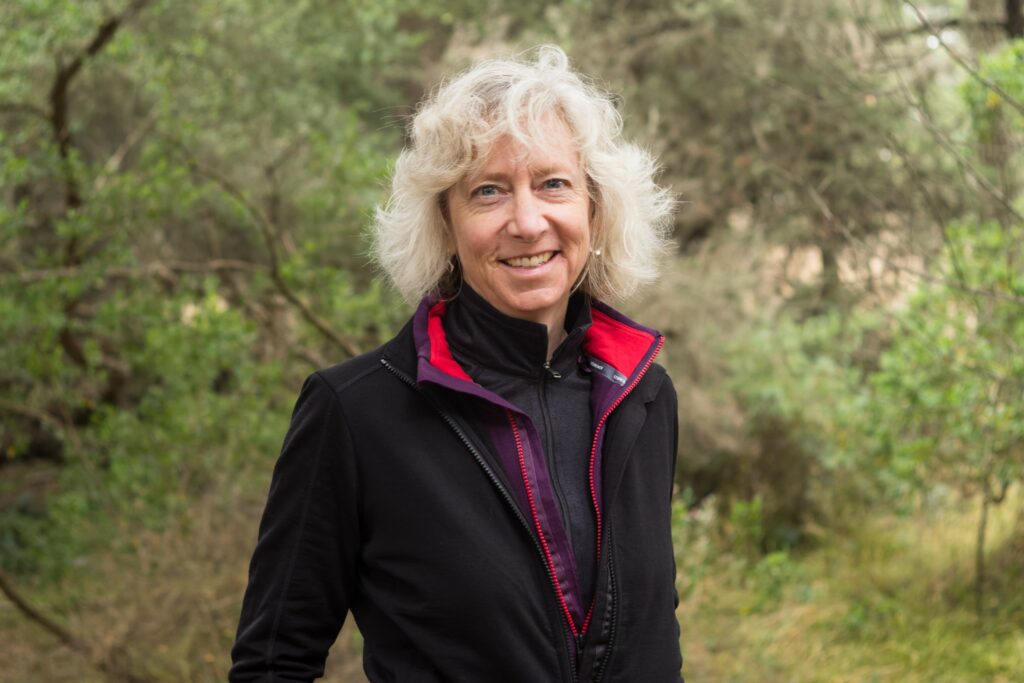
Year
2017
Susan Mazer, Ph.D.
Professor of Ecology and Evolutionary Biology at the University of California, Santa Barbara
Through research, outreach, and mentorship, Susan Mazer, Ph.D., is furthering our understanding of plant evolution and adaptation to change, training others in the research skills needed to investigate these mysteries, and inspiring the next generation of plant protectors. Mazer cofounded the California Phenology Project and Project Baseline, large collaborative projects that are enabling us to understand what climate change has in store for the seasonal cycles of wild plants and for plant diversity. Through these projects and others, she has engaged legions of community scientists who help answer these questions, and then help to spread the word.
Mazer is an energetic speaker and highly dedicated mentor who has inspired many University of California, Santa Barbara, students to love plants through her classes. She has applied her research to further the conservation of some of the rarest plant species in the region and to inform the design of habitat restoration efforts. The author and coauthor of at least 117 papers and book chapters, her work has been cited over 6,000 times.
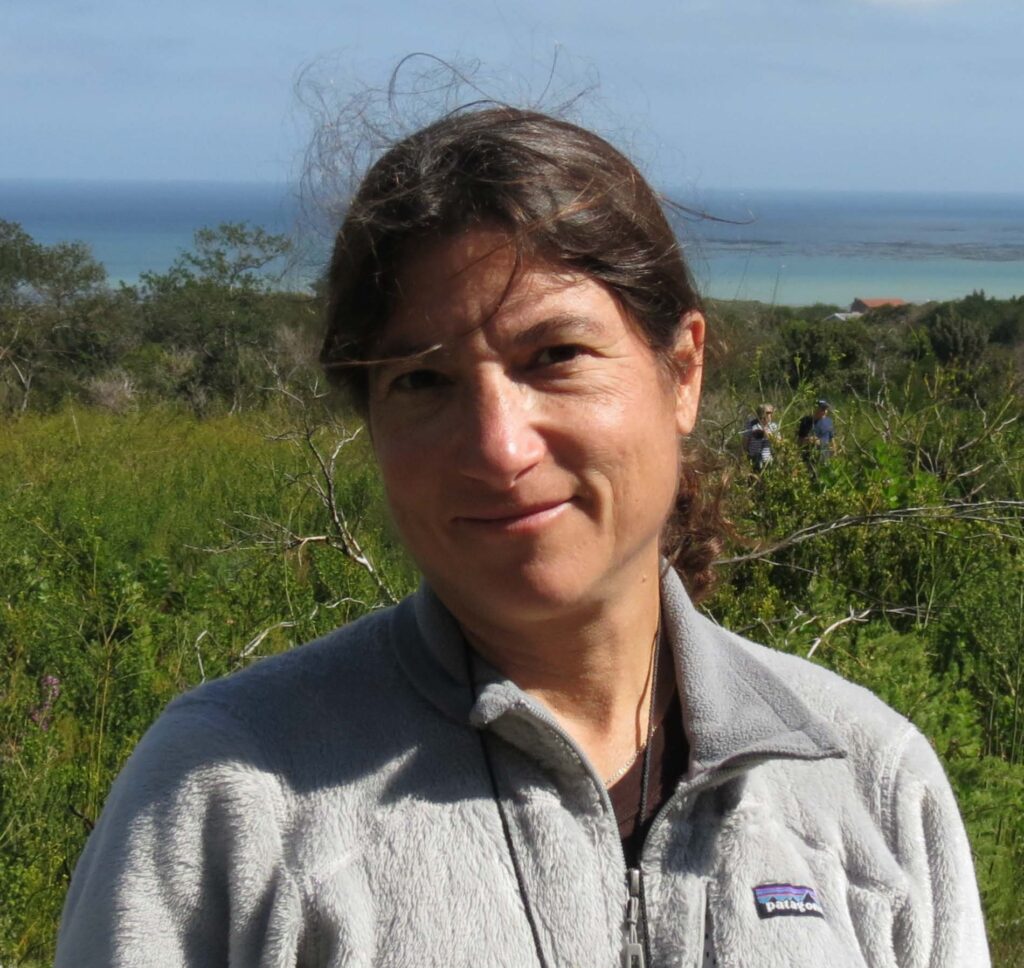
Year
2017
Daniel Simberloff, Ph.D.
Nancy Gore Hunger Professor of Environmental Studies at the University of Tennessee, Knoxville
As part of his doctoral research at Harvard University in the 1960s, Daniel Simberloff, Ph.D., (along with American biologist E. O. Wilson) removed the insect and spider fauna of six small mangrove islands in Florida to study their recolonization together. His diverse research projects since then have included insects, plants, fungi, birds, and mammals. His publications number circa 500 and center on ecology, biogeography, evolution, and conservation biology, with titles such as “Today Tiritiri Matangi, tomorrow the world! Are we aiming too low in invasives control?”
He has tackled complex topics such as invasion theory, policy, novel ecosystems, and single-species versus multi-species management. In 2006 he was named Eminent Ecologist by the Ecological Society of America, in 2012 he won the Ramon Margalef Award for Ecology, and in 2015 he won the Alfred Russel Wallace Award of the International Biogeography Society for lifetime contributions in the fields of island biogeography and island ecology.
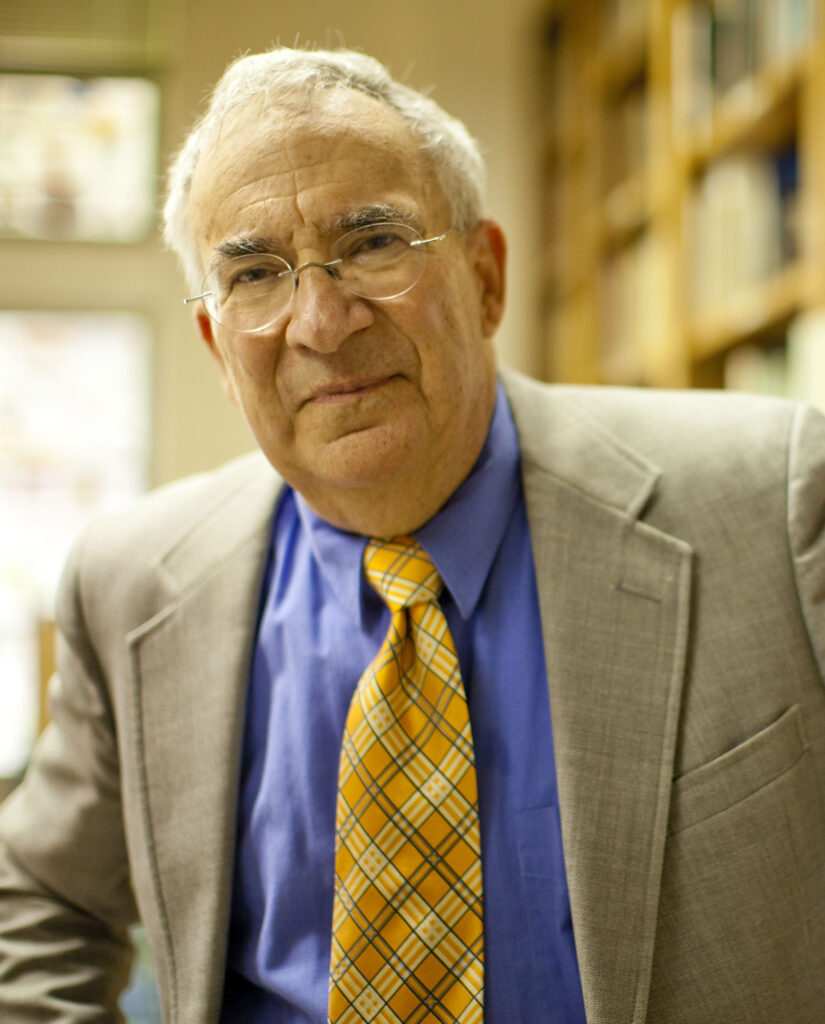
Year
2016
Peter White, Ph.D.
Former Director at the North Carolina Botanical Garden and Current Professor at University of North Carolina at Chapel Hill
Peter White, Ph.D., is a plant ecologist with over 100 publications on an impressive array of topics, from ecology and biogeography (including diversity patterns, scale, disturbance, and patch dynamics) to rare plants, restoration, and the philosophy of conservation. From 1986 to 2014, White directed the North Carolina Botanical Garden through a period of exciting changes and growth. In this role, he and the staff sought to redefine the scope of botanical gardens to focus on conservation, sustainability, and gardens as the healing interface with and gateway to nature. He emphasized that this conservation mission was “not just an ‘add on’ to what the garden does, but can be firmly nestled within a mission that addresses environmental and sustainability issues — this work is connected to the central role that botanical gardens can and should play.”
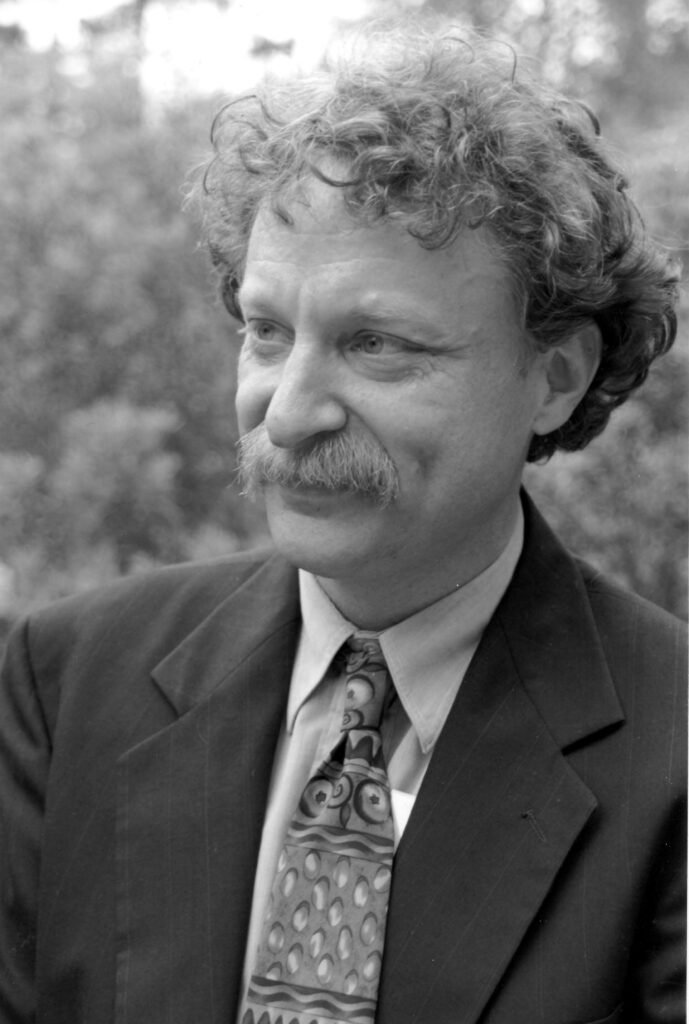
Year
2015
Claire Kremen, Ph.D.
Professor of Arthropod Biodiversity at University of California, Berkeley
Claire Kremen, Ph.D., was a conservation biologist before that was even a recognized field. Her early work included biodiversity research and designing protected area networks in Madagascar, a biodiversity hot spot. Her work since then has continued to address the question of how we design sustainable landscapes that promote biodiversity while providing for people, and has focused on how to reconcile agricultural land use with biodiversity conservation.
Kremen earned a bachelor’s degree from Stanford University and a doctorate from Duke University and was an assistant professor at Princeton University before becoming a professor at the University of California, Berkeley. There she is the founding faculty director for the Center for Diversified Farming Systems and the Berkeley Food Institute. Kremen’s papers have been published in the Proceedings of the National Academy of Sciences, Science, Conservation Biology, and Ecology Letters. Since her receipt of the Honorable John C. Pritzlaff Conservation Award in 2014, she has been noted as a highly cited researcher and one of the World’s Most Influential Minds by Clarivate Analytics.

Year
2014
Bruce Pavlik, Ph.D.
Head of Restoration Ecology at Royal Botanic Gardens, Kew
Bruce Pavlik, Ph.D., has served the causes of conservation, restoration, and mentorship throughout his life. This has included working with a diverse array of academic, government, and nonprofit institutions, from Mills College and Iowa State University to the National Park Service Learning & Development Training Program, the California Native Plant Society, and University of California Press. He inspires us to think critically about how to support the conservation and restoration of species and habitats, and how these causes intertwine.
Pavlik’s research and projects have emphasized the design, establishment, and manipulation of populations and natural communities using field-based, experimental approaches within the context of a collaborative, decision-making framework (“adaptive management”). He is an author of over 40 peer-reviewed articles and book chapters, and eight books, including “The California Deserts: an Ecological Rediscovery” and “Oaks of California.”
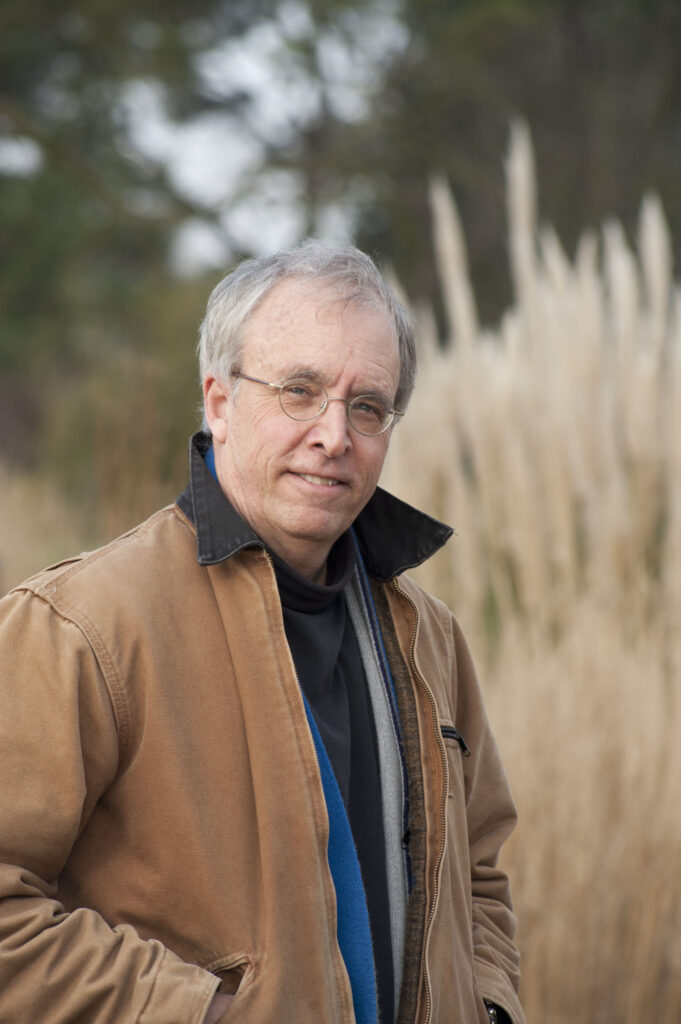
Year
2013
Daniel Botkin, Ph.D.
President at the Center for the Study of the Environment, Professor Emeritus at University of California, Santa Barbara, and Author of “The Moon in the Nautilus Shell” and Other Books
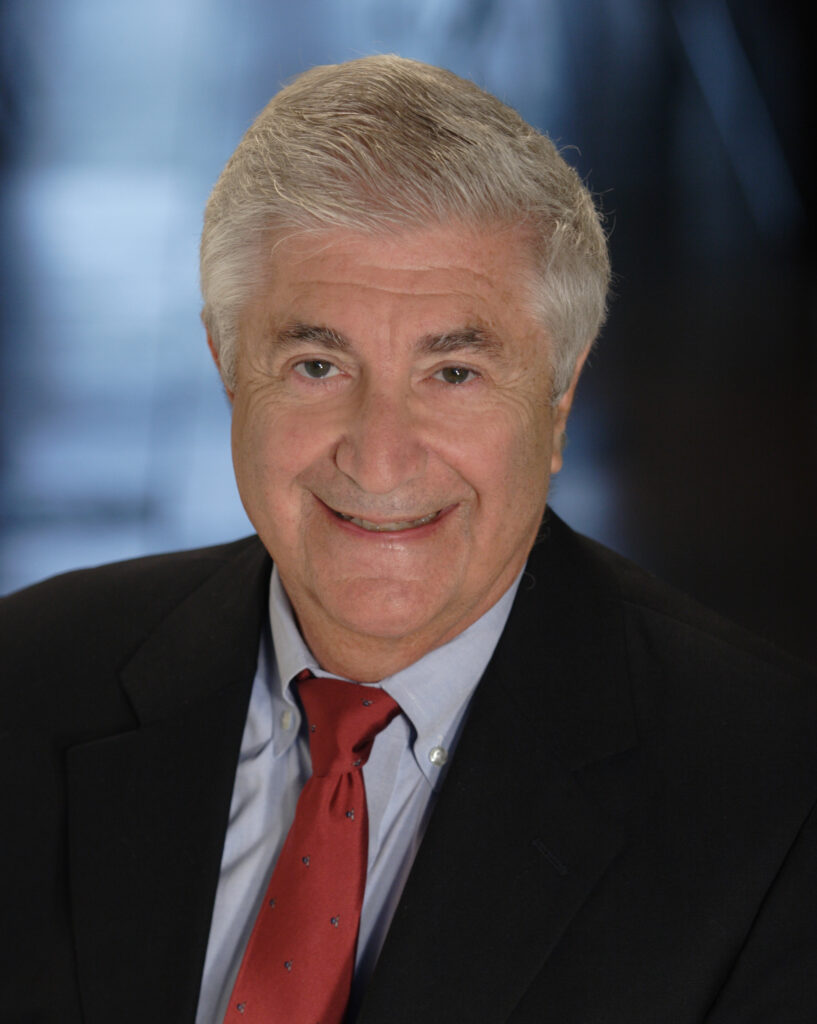
Year
2012
John Sawyer, Ph.D.
Todd Keeler-Wolf
Julie Evens
Authors of “A Manual of California Vegetation”
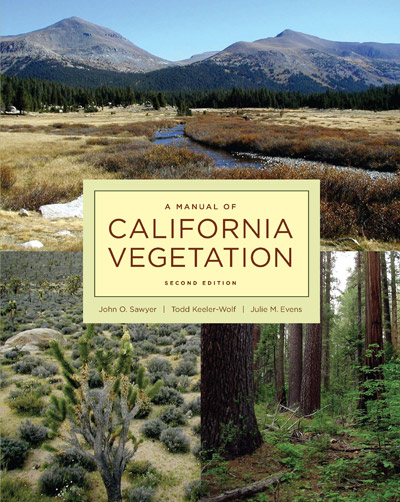
Year
2011
Peter Wyse Jackson, Ph.D.
Director at National Botanic Gardens of Ireland and President at Missouri Botanical Garden
J. Robert Haller, Ph.D.
Professor Emeritus of Botany at University of California, Santa Barbara, and Botanist at Santa Barbara Botanic Garden
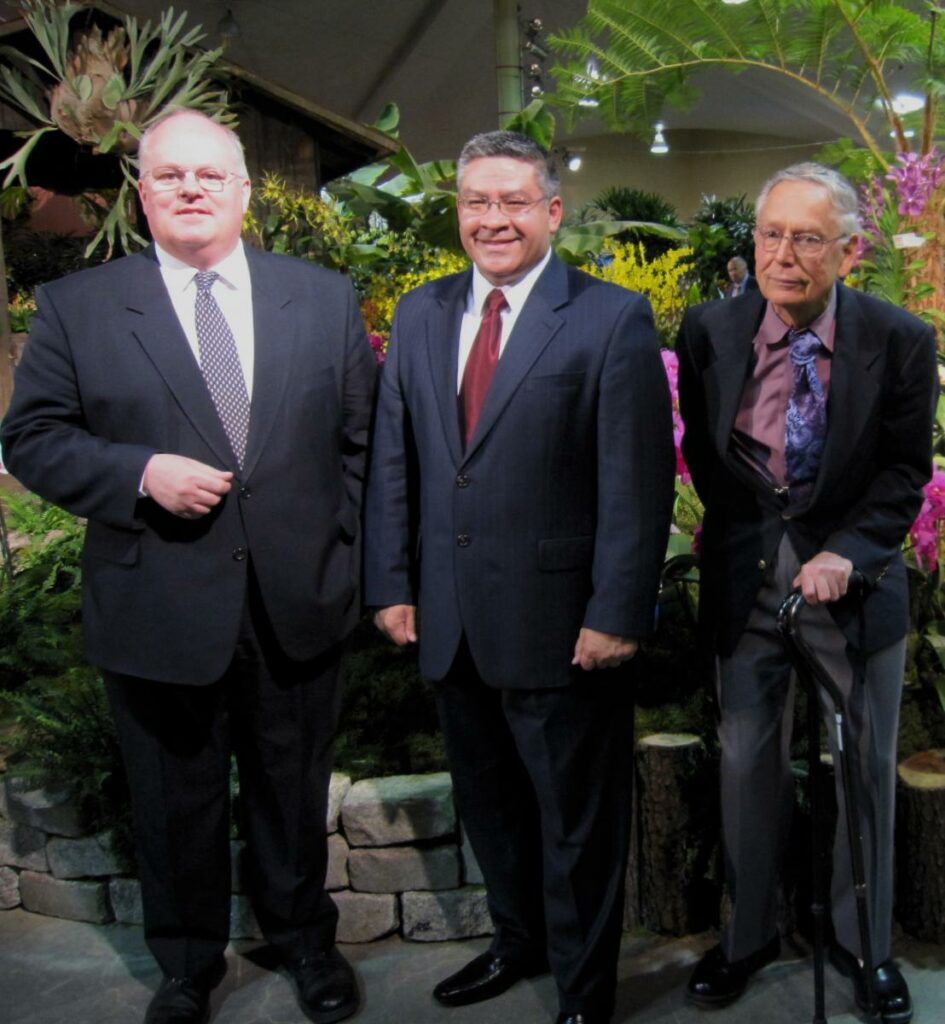
Year
2010
Jon Lovelace
Chairman Emeritus at Capital Group
Lillian Lovelace
Foundation Trustee at University of California, Santa Barbara (since 2006)
Brian J. Huntley
Senior Policy Advisor at South African Department of Environmental Affairs and Tourism
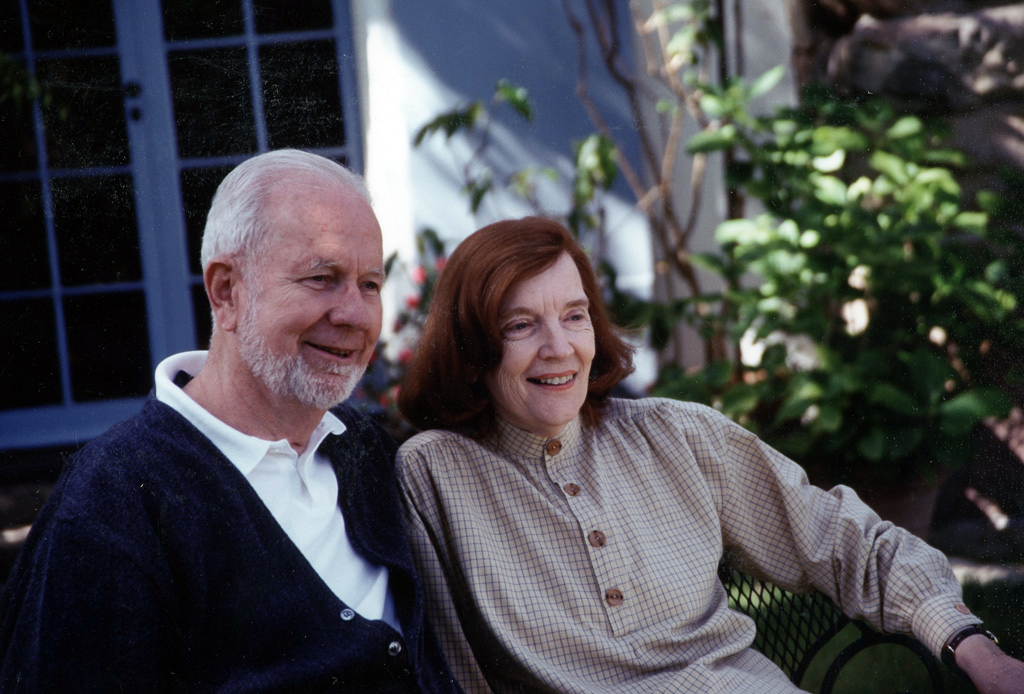
Year
2009
Steven McCormick
President at Gordon and Betty Moore Foundation
Richard B. Rogers
President at California Fish and Game Commission, Chairman at California Wildlife Conservation Board, and Vice Chair of Board of Trustees at Santa Barbara Botanic Garden

Year
2008
Peter Raven, Ph.D.
President Emeritus at Missouri Botanical Garden
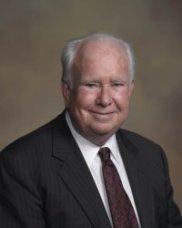
Year
2007
Doug Tallamy
Doug Tallamy is the T. A. Baker Professor of Agriculture in the Department of Entomology and Wildlife Ecology at the University of Delaware, where he has authored 115 research publications and has taught insect-related courses for 45 years. Chief among his research goals is to better understand the many ways insects interact with plants and how such interactions determine the diversity of animal communities. His books include Bringing Nature Home, The Living Landscape, co-authored with Rick Darke, Nature’s Best Hope, a New York Times Best Seller, The Nature of Oaks, winner of the American Horticultural Society’s 2022 book award, and his latest book, How Can I Help. In 2021, he cofounded Homegrown National Park with Michelle Alfandari (HomegrownNationalPark.org). His awards include recognition from The Garden Writer’s Association, Audubon, The National Wildlife Federation, Allegheny College, Ecoforesters, The Garden Club of America, The Herb Society, and The American Horticultural Association.
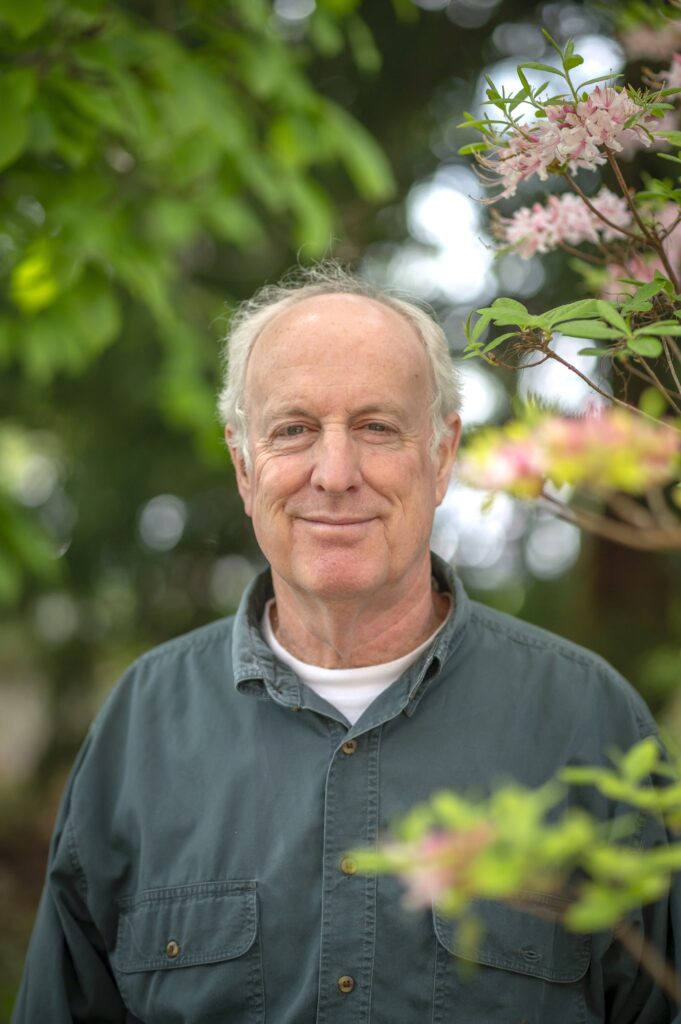
Related Insights
-
• Horticulture, Botany, Conservation & Research, Gardening with Native Plants, Education, Garden News
Introducing Ironwood Issue 38
-
• Horticulture, Botany, Conservation & Research, Gardening with Native Plants
Starting Your California-Native Lawn
-
• Horticulture, Gardening with Native Plants, Education
The Garden’s Native Lawn Laboratory
-
• Conservation & Research
You Can Have It All With a Living Oak Fuelbreak
 Donate
Donate